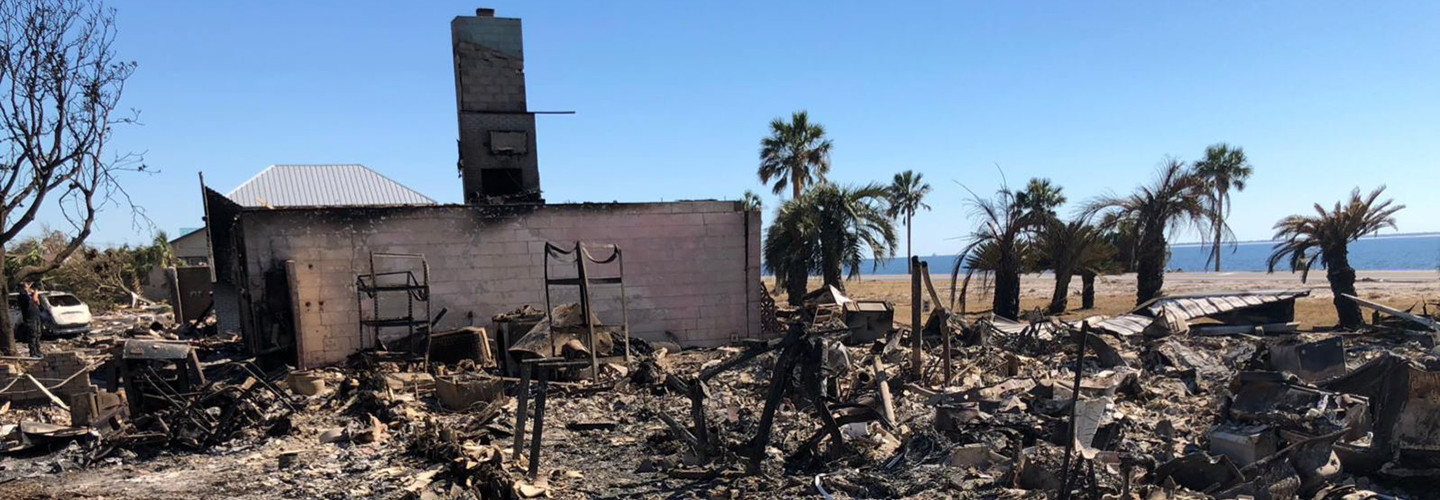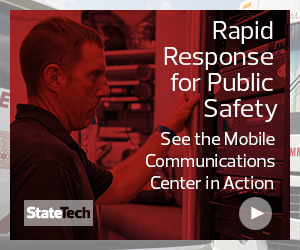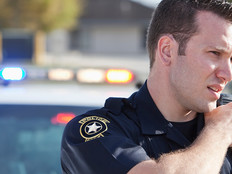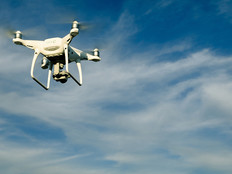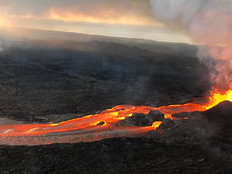Florida Shows Importance of Wireless Communication
Florida’s experience during the previous few months shows the importance of keeping communication up and running. The state suffered from an intense red tide algae bloom. Florida Gov. Rick Scott declared a state of emergency for seven counties affected by red tide along the state’s Gulf Coast.
Florida also had too much water, meaning a hurricane would cause major problems, including flooding. Cites in Florida, including Palm Coast, have long used supervisory control and data acquisition systems to monitor the status of water systems and whether areas are flooding. SCADA devices must communicate that information back to an operations center, where decisions are made regarding whether to release water from dams or to evacuate people.
Various state and local Florida agencies are responsible for monitoring water quality and water levels and can use FirstNet for priority communication during emergencies.
When Hurricane Michael hit the Florida Panhandle in October, it devastated beach towns, like Mexico Beach, as well as towns farther inland in Georgia, the Carolinas and Virginia. FirstNet was able to help these localities recover critical communication quickly.
MORE FROM STATETECH: Find out how the New Orleans Fire Department uses data to save lives!
How FirstNet Can Help Restore Connectivity
In Colquitt, Ga., the city’s emergency management leaders were prepared for the storm. “We moved to the FirstNet system a few months before Hurricane Michael hit. And it was a no-brainer. Having the communications capabilities FirstNet provides was critical following the storm’s devastation,” Colquitt Miller Emergency Services Director Doug Cofty said in a FirstNet statement. “Gaining that peace of mind around our communications meant we could focus on what mattered most — supporting our community.”
AT&T, which is contracted to construct the FirstNet network, leads one of the nation’s largest and most advanced disaster recovery programs, and increased its fleet with new deployable wireless networking solutions to support the FirstNet network, the carrier says. This gives public safety agencies access to mobile cellular towers, trailers, generators and other equipment.
In the immediate aftermath of Hurricane Michael, one first responder noted that “When everything else was down, FirstNet was working,” AT&T Communications CEO John Donovan said during the company’s latest earnings call, according to FierceWireless.
“That’s high praise, and we’re humbled that we can play a part in helping a community recover from such a devastating storm,” Donovan said. “That’s what FirstNet is all about.”
Getting cellular networks in cities back up and running after disasters helps emergency responders and managers get access to critical data from sensors, which can let them know how serious flooding is in certain areas, how infrastructure is faring after the storm and whether there are any immediate public safety or health emergencies that need to be addressed. Having a resilient network infrastructure in place that can withstand storms or be brought back into service in the immediate aftermath of a storm is critical to keeping those operations online.
Smart cities are only smart if the network technology that supports them can function. As cities plan to be more resilient in the face of climate change and other emergencies, they need networks that help them stay smart and safe.
This article is part of StateTech's CITizen blog series. Please join the discussion on Twitter by using the #StateLocalIT hashtag.


